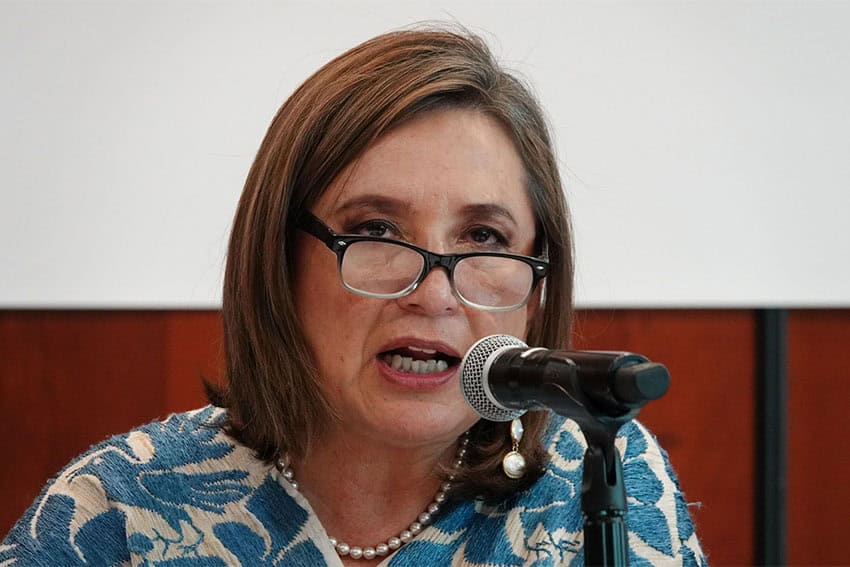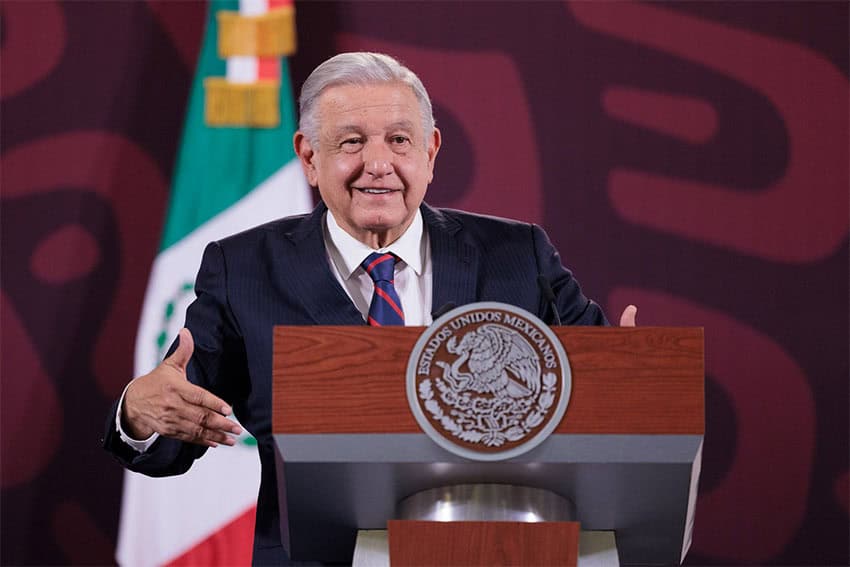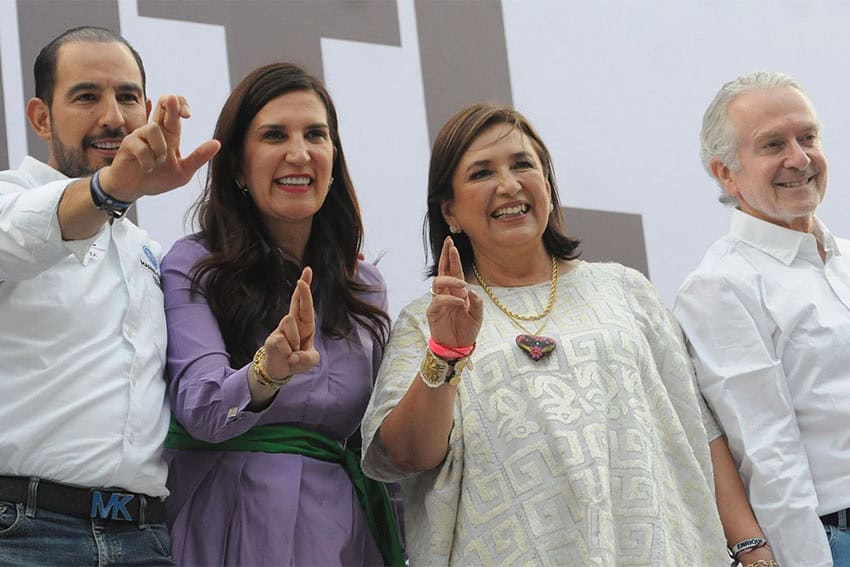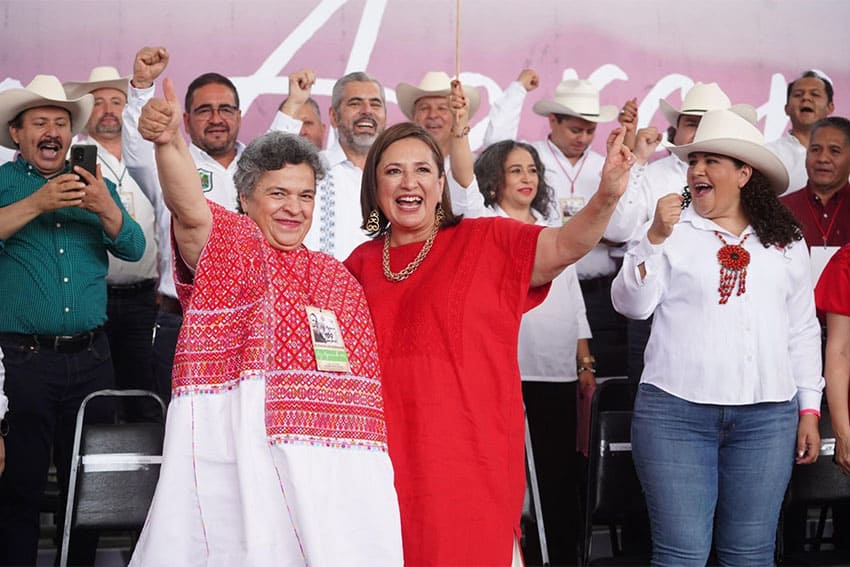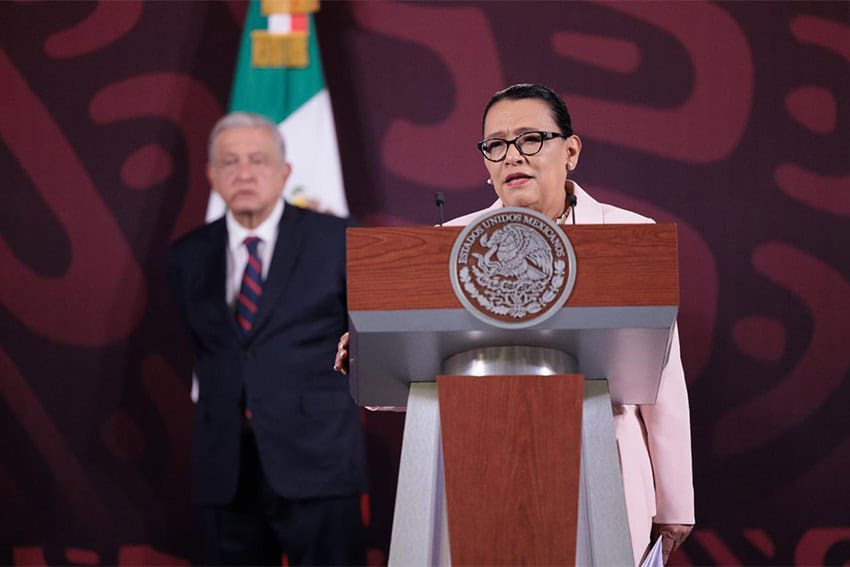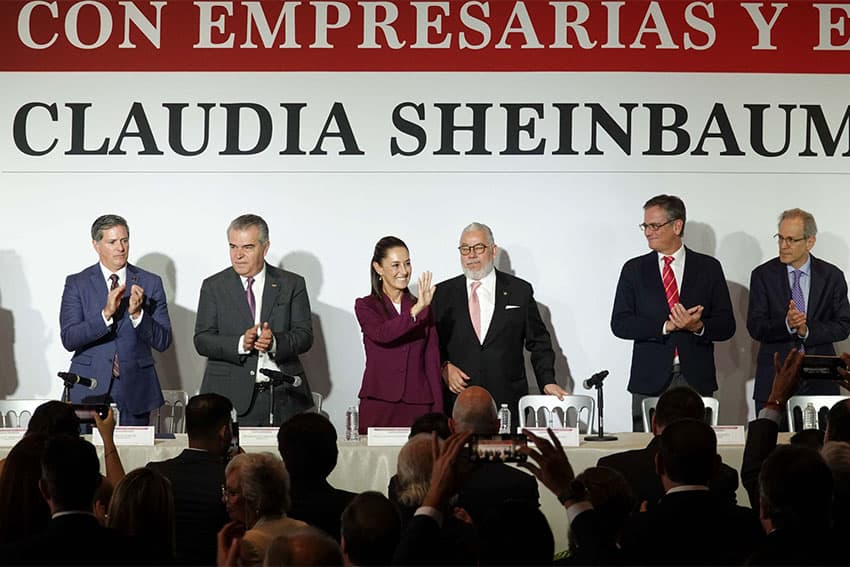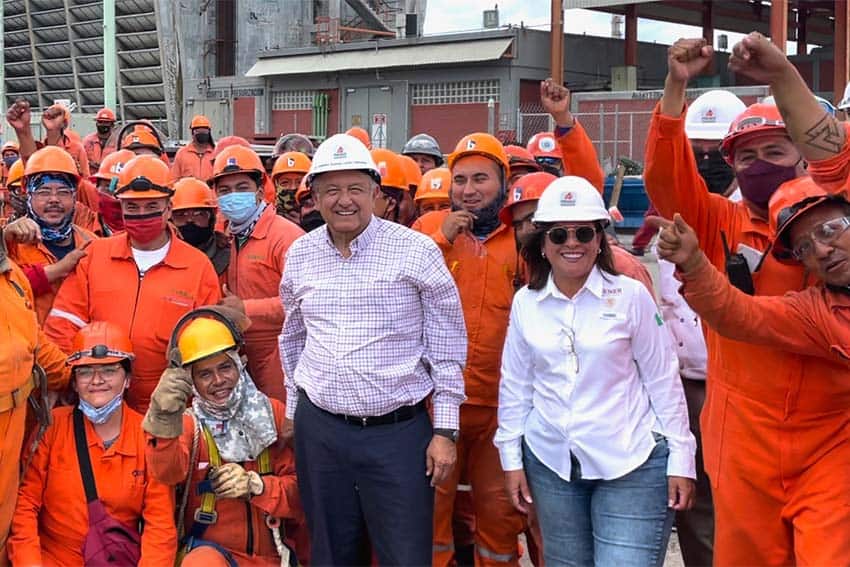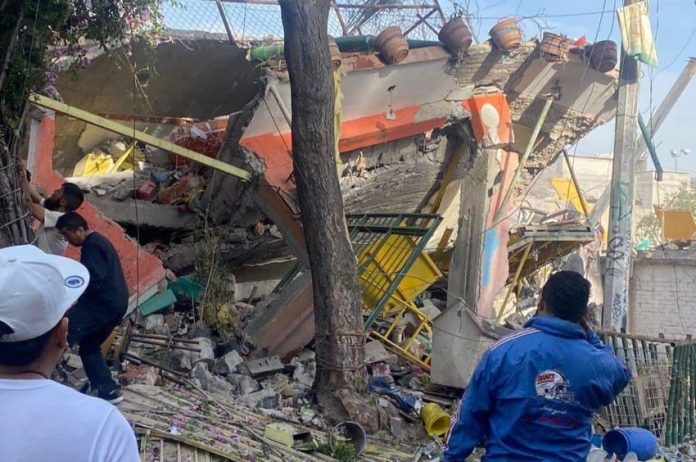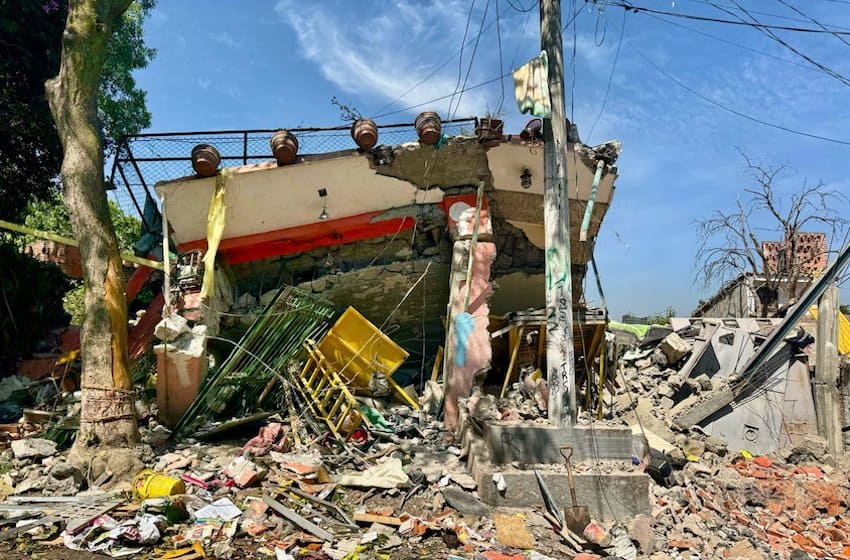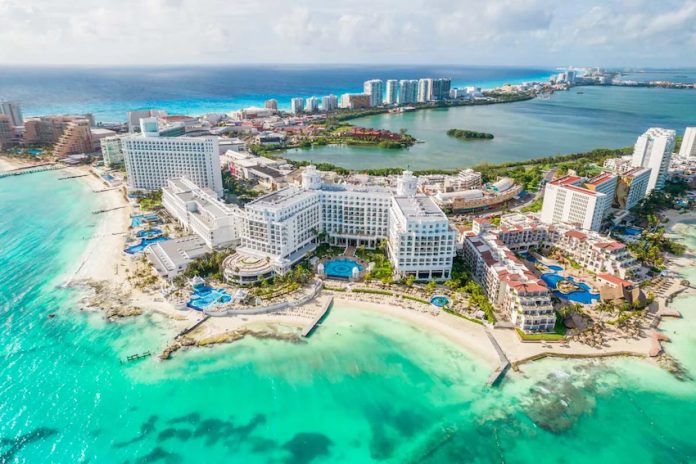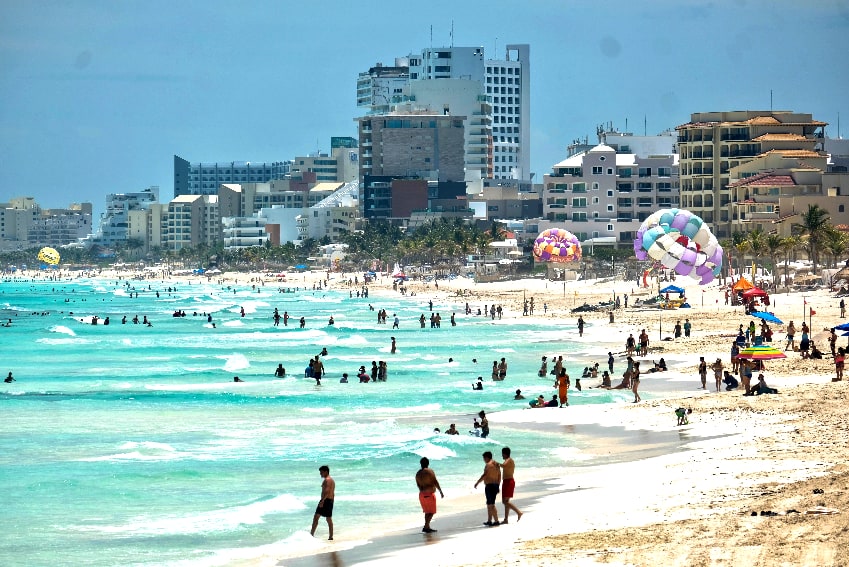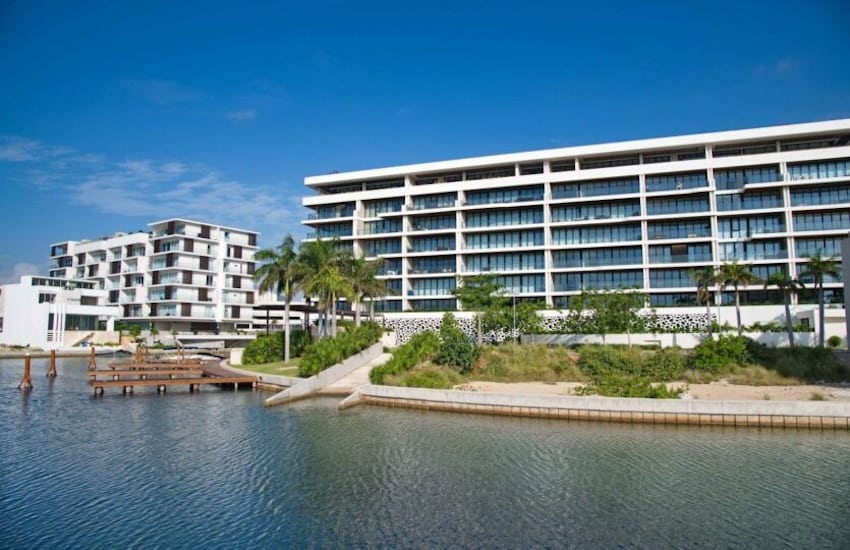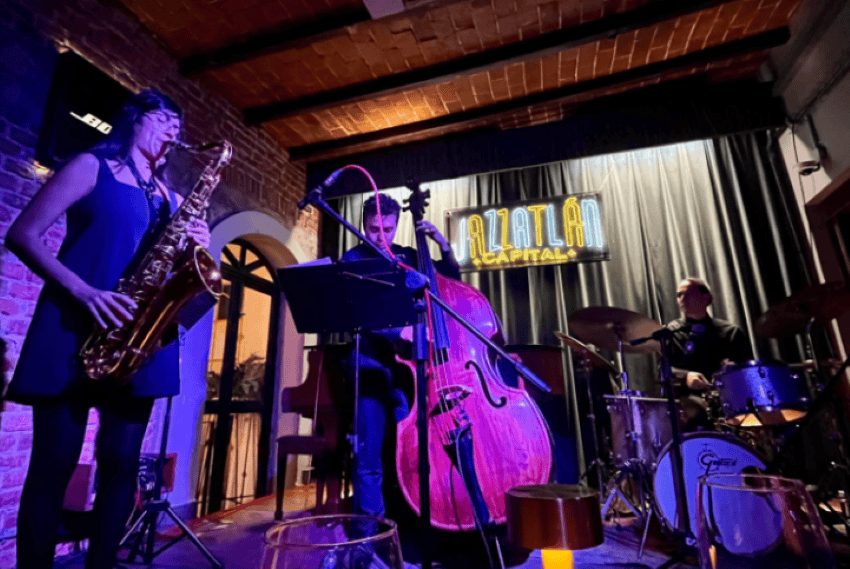Floating down the canal during a tour of Xochimilco, a crowded boat of locals passes by, chanting the battle cry, “Viva Mexico!” in between generous gulps of their micheladas. After they pass, the legendary Island of the Dolls appears, a bizarre monument to the lost and the damned. Here, decaying dolls hang like twisted totems from the old trees, some missing eyes, some down a few limbs. It’s a haunting spectacle, a surreal tribute to a drowned girl’s memory. A few meters farther we stopped ashore to marvel at some of the rare carnivorous plants in the riverside greenhouse. This was going to be a strange and glorious day.
Another boat moored up to ours offering some local delicacies, my favorite being esquite. The famous street food isn’t merely food but an edible riot. Coal fired corn, lime, chili and cotija cheese, esquite is a culinary rebellion against the mundane, and an important part of any Xochmilco tour.
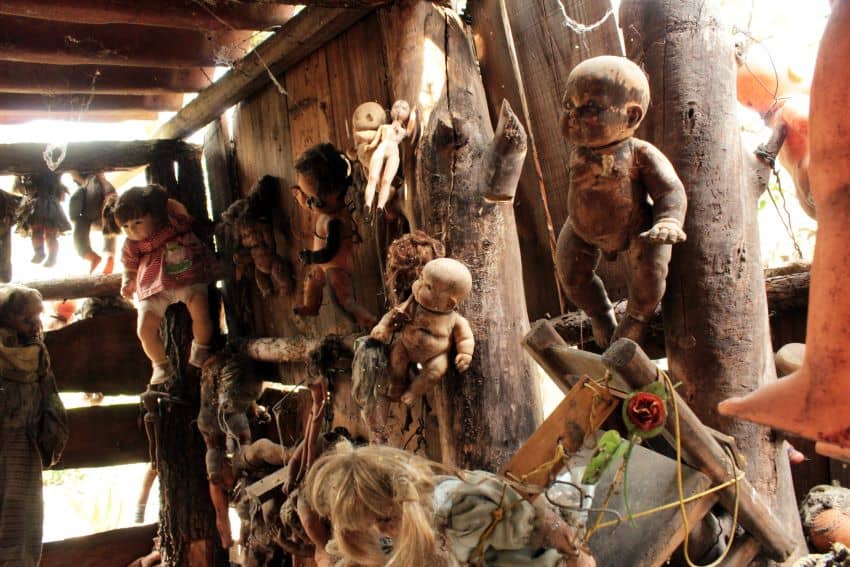
The watery labyrinth of Xochimilco remains an artery of tradition in the ever-modernizing megalopolis of Mexico City. It’s a place where the past is not just remembered, but vibrantly alive, moving with the colors and sounds of Mexico. As your trajinera (the punted boats that serve as transportation) glides through the water, edged by a kaleidoscope of flowers and verdant chinampas (floating gardens), you’re not just a spectator; you are part of a centuries-old continuum.
Post Spanish conquest, this realm of floral abundance and Aztec agricultural wizardry didn’t just fade into the annals of history; it morphed and resisted, becoming a defiant symbol of endurance amidst the tyranny of colonial expansion and urban sprawl. Today, Xochimilco stands as a testament to survival, its canals ferrying tourists and dreamers alike in brightly painted boats, floating amidst the echoes of a civilization that once was. Here, in the shadow of the past, the party rages on, a vivid, enduring defiance against the relentless march of time.
Unless you already have a large posse, I always recommend connecting up with other groups to rent the boats since they charge per boat per hour, and it’s a great way to make new friends! Bring sunscreen (unless you plan to become as peeling as the haunted dolls on the island), pre-made cocktails and extra pesos to buy mementos or additional cheladas in the canal. The route depends on how long you want to pay for, but 3 to 4 hours is usually enough to get into the spirit, have some drinks, relax, people watch, glide down the canal like an axolotl, and just soak it in.
A young lady from California insists on playing the new Beyonce song on her little Bluetooth speaker, which is completely inaudible and no match to the live Mariachi band playing in the boat next to us. Mariachi bands, aboard their own trajineras, float by, offering serenades for a few pesos. The strum of guitars, the wail of trumpets, and the soulful voice of the singers create a soundtrack that is as Mexican as the sky is blue.

It’s not just about observing; it’s about participating, immersing oneself in the experience, letting the place seep into your pores. As the journey unfolds, the camaraderie among those on the boat deepens. Strangers slowly become friends, bound by shared experience and the communal joy of discovery. Laughter fills the air, mingling with the music and the soft splash of water against the boat.
The beauty of Xochimilco lies not just in its visual or culinary offerings, but in its ability to bridge time. Here, in the midst of modern chaos, lies a testament to the power of culture and tradition. It’s a reminder that some things—joy, community, the simple pleasure of a meal shared on the water—are universal and timeless.
As the journey winds to its close, the setting sun paints the sky in hues of orange and pink, a visual to match the day’s experiences. There’s a sense of melancholy that comes with the end of such a journey, a longing to hold onto the magic a little longer. Yet, there’s also gratitude—a deep, profound appreciation for having been a part of something so deeply rooted in history. This three-hour Xochimilco tour is more than a trip through a network of canals; it’s a journey through the soul of Mexico.
Stephen Randall has lived in Mexico since 2018 by way of Kentucky, and before that, Germany. He’s an enthusiastic amateur chef who takes inspiration from many different cuisines, with favorites including Mexican and Mediterranean.


